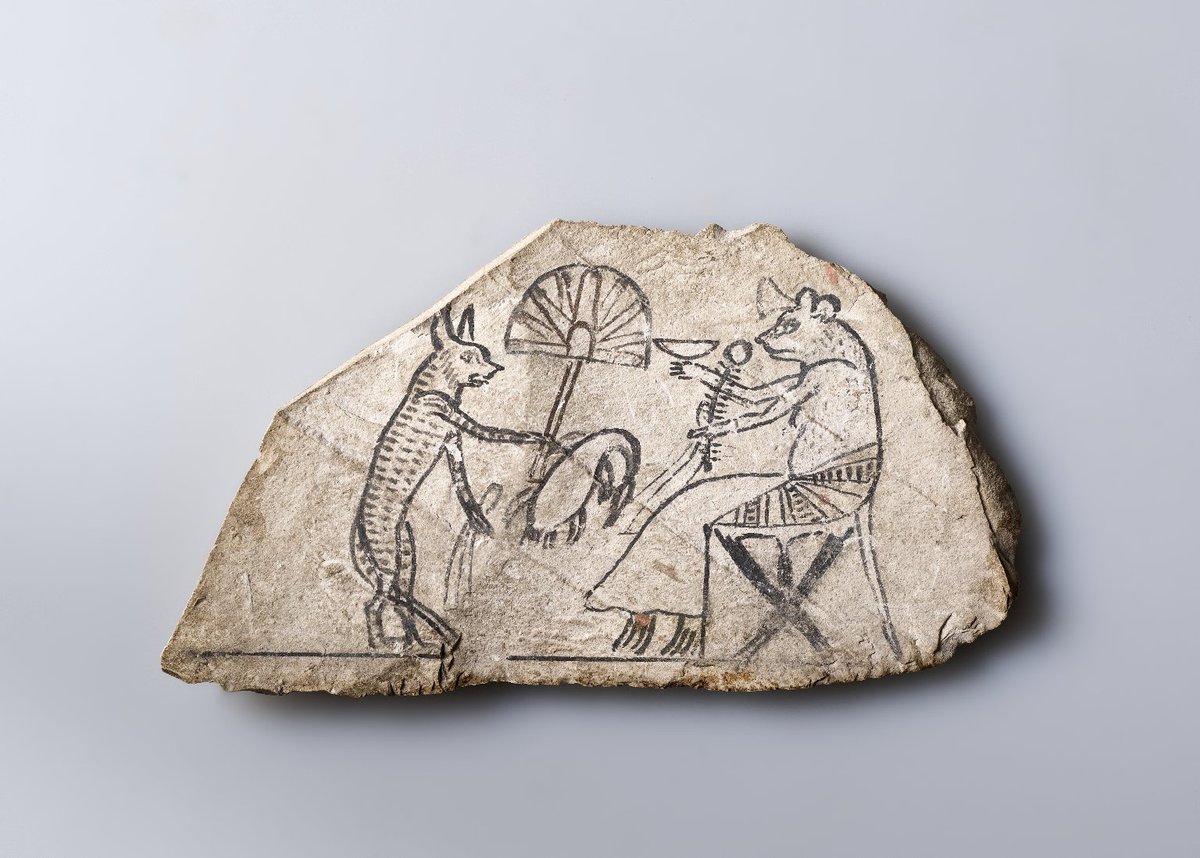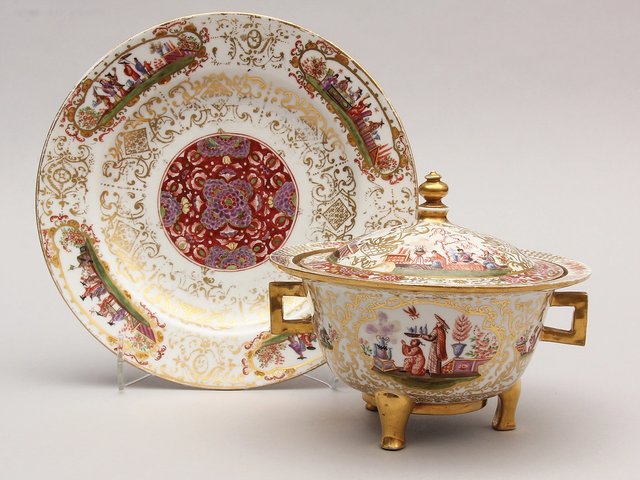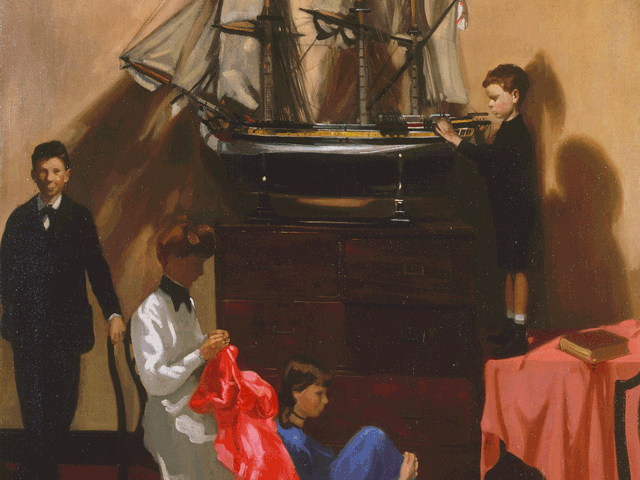On the face of things, a focus on drawing rather than painting or sculpture looks like a canny tactic if you are attempting a history of art, especially an “alternative” one. You are—potentially, at least—getting closer to the creative heart of things, to first drafts and private passions, forsaking the chilly exhibition hall to snuggle up in the companionable fug of the garret, an absinthe in one hand and a notebook in the other.
You might be able to include a wider canon of artists than you would find in your tattered Gombrich or your gaffer-taped Michael Levey: some women, maybe, excluded from or (at the very least) disadvantaged in professional art practice for centuries, and ask yourself what might have been if it were not so; or some artists from outside Europe, long seen by Western eyes as mere exotics, but in fact devoted to the same elementary pursuits, and subject to the same pressures and compromises, as artists anywhere.
The careless centuries
One problem you would have to confront sooner or later is that drawing can mean many different things, not all of them any more intrinsically likely to lay bare the hard, gem-like flame of creativity than painting or sculpture. A drawing might be made on the fly, to play with an idea or work through a problem; it might be passed on to studio assistants, shown to a patron, shared with a small circle of peers, snapped up by a connoisseur—or simply twisted up into a taper to light the stove. (There is definitely a frisson about the simple survival of an image through the careless centuries, and it is perhaps quite natural to feel this more strongly about a drawing than a painting.) Equally, it might be an image that is just as considered and “finished” as a painting, and destined to be bought, sold, looked at and thought about in exactly the same way as a painting would be, except that it happens to be generated through line rather than colour.
Susan Owens is alert to these conceptual mousetraps but is breezily (and sensibly) unbothered by them. She has a clear sense that there is simply something about drawings: something personal and contingent; something that makes them exciting in a way that, say, schlepping the length of the Louvre’s Grande Galerie sometimes is not. Whether it is quite correct to call the result an “alternative” history of art is questionable—you could not say Albrecht Dürer, Michelangelo Buonarotti, Raphael Sanzio, Rembrandt van Rijn or Caspar David Friedrich have been erased by history.
However, you could say, for example, that excluding an artist of the calibre of Sofonisba Anguissola from the study of the nude figure—and therefore from a conventional (male) Renaissance and Baroque artist’s pursuit of religious and mythological subject painting—robbed us of a great talent; and, at the same time, that her surviving drawings show an originality and an energy that an academic career might well have smoothed out. Another interesting case is that of Rosalba Carriera, at one point the toast of 18th-century Europe, whose mastery of pastels makes her work look more like painting than drawing. However, her medium was associated with domesticity and amateurism, and she was, in many ways, never given her due: an imbalance it is a pleasure to see redressed here (though not for the first time).
Revealing pairings
The book contains some suggestive juxtapositions: a wash drawing from Claude Gellée’s Liber Veritatis (a record of his work from around 1635 to his death in 1682) appears a page ahead of two Chinese scrolls, and the tension between conception and execution, thinking and seeing and doing, is made forcefully evident. Further on, we see two violently different approaches to drawing in the work of Jacques-Louis David: a meticulous study of an Ancient Roman breastplate, and the French Revolution’s answer to the Kennedy assassination “Zapruder film”—a lightning-fast pen sketch of Queen Marie-Antoinette on the way to the guillotine.
I am not sure the level of detail and expertise devoted to Asian artists is equal to that granted to European ones, though we see enough to realise that the traffic of ideas and influence between East and West ran in both directions. And there are some puzzling omissions. If you are talking about the constraints imposed on women in the early-modern academic Giulia Lama, part of a cadre of dissident tenebrist tradition in early 18th-century Venice, whose paintings are not a million miles away from those of her contemporaries, Giovanni Battista Piazzetta or Federico Bencovich, but who drew a series of butch and (surely) sexualised male nudes. And if you are interested in drawing as something that somehow lays the soul bare, in a way that painting does not, it seems like a missed opportunity to ignore Philip Guston. But I would still commend this book to anyone who is interested in drawing specifically, or the creative process more generally, even if it might have been better titled an “intimate” rather than an alternative history.
• The Story of Drawing: An Alternative History of Art, by Susan Owens. Published by Yale University Press, 256pp, 100 colour and b/w illustrations, £25 (hb), 1 October 2024






